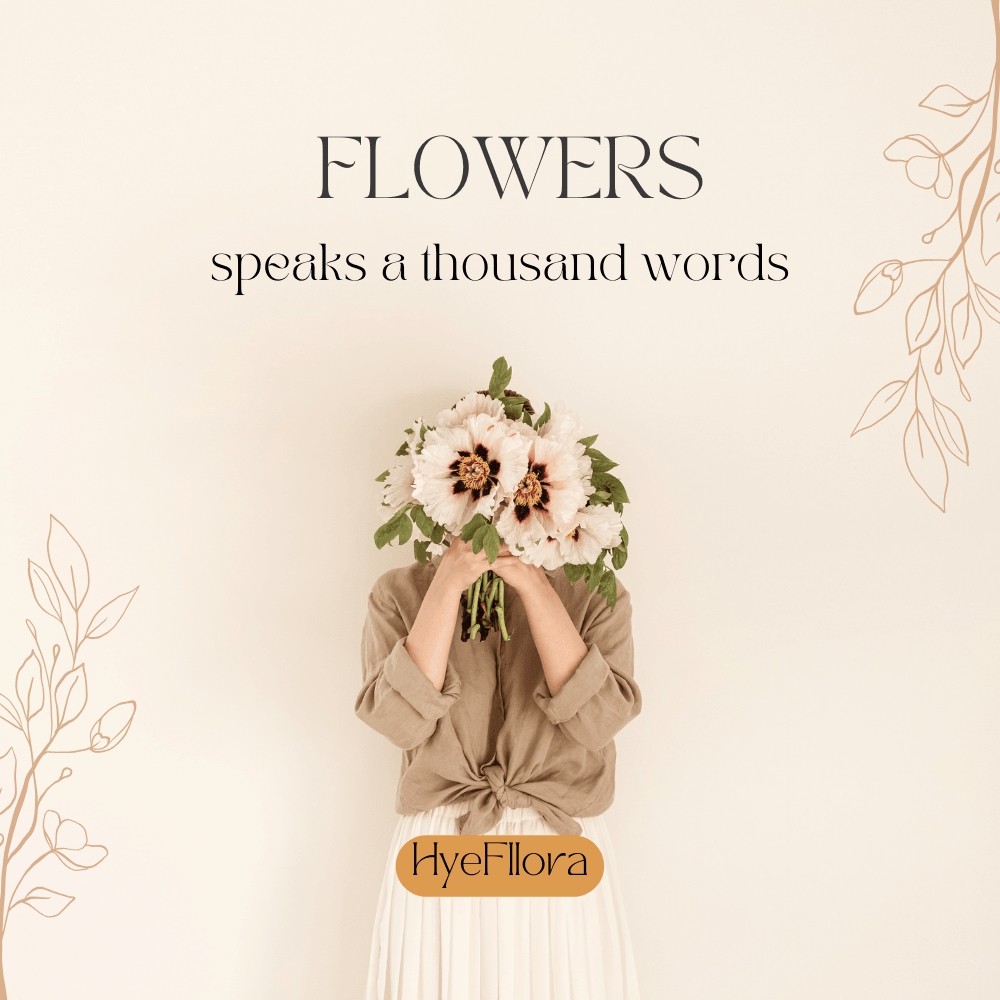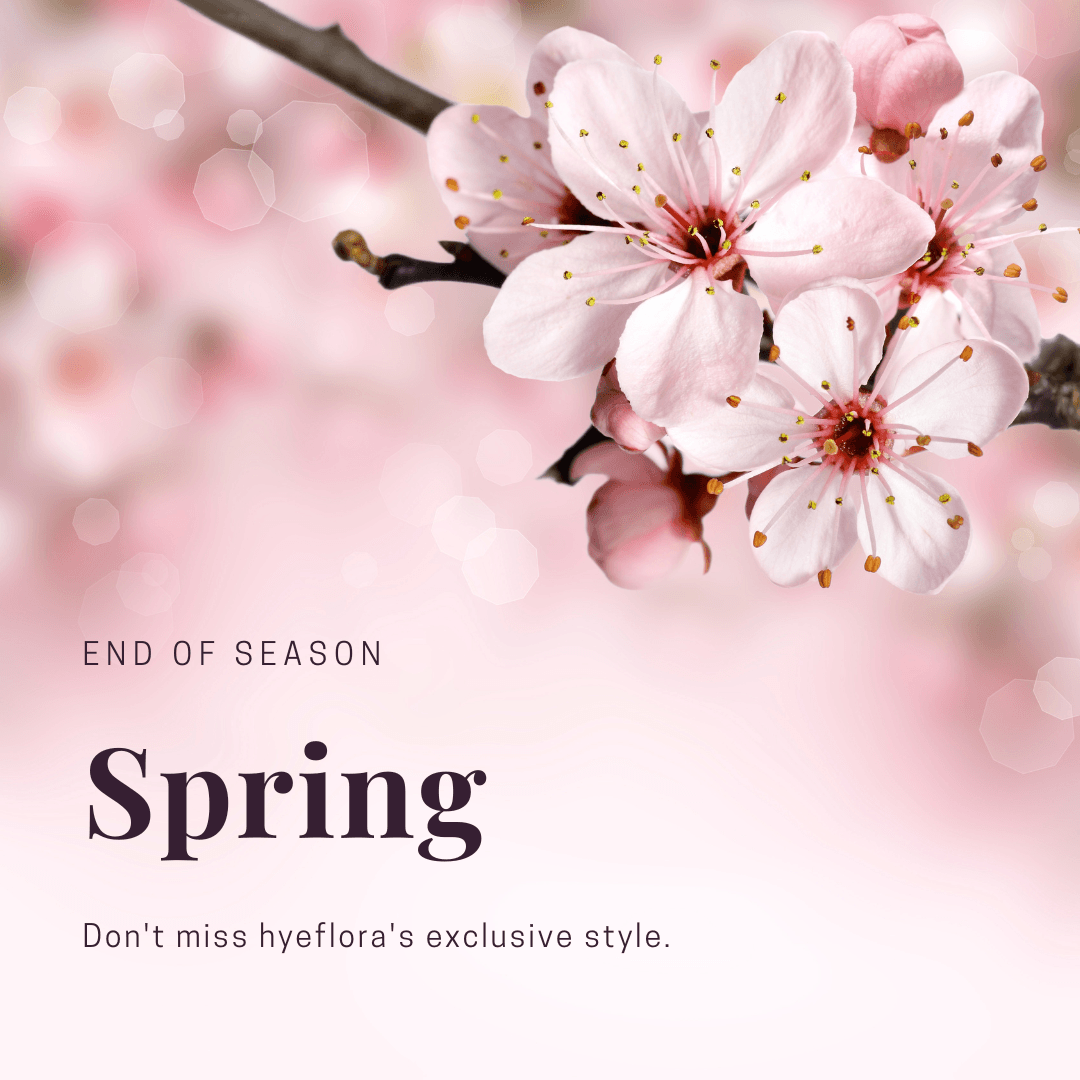Feng Shui in Different Cultures: Expression and Influence
- Feng shui in the UK and Italy
Interest and research in Feng Shui are widespread. Feng Shui has had an unimaginable impact on various countries.
As early as the 16th century, Western missionaries began transmitting Chinese culture to the West. The Italian missionary Matteo Ricci wrote a book called "China in the 16th Century: The Journals of Matteo Ricci," which included descriptions of Feng Shui. He noted, "The Chinese believe that the entire material world is composed of five elements: metal, wood, water, fire, and earth."

One of the most famo us foreign researchers of Feng Shui is Joseph Needham, a British historian of science. He had a deep understanding of Chinese Feng Shui and praised traditional Chinese Feng Shui architecture in his book "Science and Civilisation in China." In the 19th century, British missionary Ernst Eitel came to China. After many years of studying Chinese culture, he wrote "Feng Shui: The Science of Sacred Landscape in Old China," which was published in London.
- Feng shui in the United States
The idea in Feng Shui that "everything is filled with energy" is academically supported, aligning with the butterfly effect: small, seemingly insignificant actions can eventually lead to significant consequences.
The "Feng Shui craze" in the U.S. began roughly from the late 19th century to the early 20th century. During this time, several waves of immigration occurred, and many Chinese immigrants brought a wealth of Chinese culture, including Feng Shui, to the United States. To cater to the Chinese market, some Americans began to pay attention to the development of Feng Shui. Thus, Feng Shui, like Chinese martial arts, acupuncture, and traditional Chinese medicine, started to gain popularity in the U.S., gradually influencing American society and culture. Some Americans, influenced by Feng Shui, even began studying whether the Feng Shui of the Rocky Mountains could affect the fate of the United States.
By the late 1980s, the concept of cosmic Qi field wellness began to trend in the U.S., with politicians, tycoons, and celebrities consulting Feng Shui masters when buying houses. Gradually, many Americans accepted the basic principles of Feng Shui, and sociologists increasingly studied people's reactions to geographic locations, colors, and spaces.
- Feng shui in Southeast Asian Countries
Since ancient times, Southeast Asia has been influenced by the cultures of the Han and Tang dynasties. The Feng Shui practices in these countries were primarily spread by Chinese immigrants.
In Singapore, where most people are descendants of Chinese immigrants, traditional Chinese culture, including Confucianism and Feng Shui, has been preserved. These ancient cultural elements are integrated into modern society, significantly contributing to social and spiritual development. Singaporean scholar Yi Changlin Li Pu stated in his book "Feng Shui" that "Feng Shui is a famous cultural phenomenon in China, and Feng Shui theory is the essence of ancient architectural theory."
Malaysia, similar to Singapore, has seen Feng Shui spread through its Chinese population. However, with fewer Chinese people and a more distinct cultural system, the influence of Feng Shui in Malaysia is relatively weaker than in Singapore.
Each country's geographical location determines the differences in Feng Shui practices. Different cultures and histories also create varied applications of Feng Shui. Understanding Feng Shui is fundamental and crucial for its correct application.
The Relationship Between Plants and Feng Shui
In-depth Analysis of the Role of Artificial Plants Combined with Specific Feng Shui Theories
The core of Feng Shui lies in the concept of "harmony between heaven and humanity," making the environment better serve people. Plants, with their vitality and constant growth, influence the energy and direction of Qi in a living space, forming an important bridge of communication between people and their environment.
The Relationship Between Plants and Feng Shui: Plants play a significant role in Feng Shui. They can transform stagnant airflows in dark corners and soften the energy entering the house. In special circumstances, plants can alter the energy field by generating energy. When plants are placed in specific locations with special Feng Shui meanings, they can enhance various aspects of the owner's fortune.
The living room, as a place for entertaining guests and for family relaxation, is the most important space in the home. The Feng Shui of the living room affects family harmony, the cultivation of interpersonal relationships, and thus the fortune of the family members. Therefore, the placement of plants in the living room is particularly significant.
In everyday home decor, Feng Shui plants can be divided into two categories: evergreens used for prosperity and cacti used for warding off negative energy. Each type of plant has different functions in Feng Shui, and their placement varies accordingly.
- Evergreen Plants for Prosperity: Placing large-leaved evergreen plants in the "prosperous position" of the home can enhance the positive energy and overall fortune.
- Cacti for Negative Energy: Placing cacti or other spiky plants in the "declining position" can help neutralize negative energy.
By following these guidelines, one can avoid confusion between auspicious and inauspicious placements. For those neutral areas that are neither particularly prosperous nor declining, placing any type of plant generally has no significant impact.
Understanding these principles can help in creating a harmonious and beneficial environment using plants, even artificial ones, in Feng Shui practices.
Detailed Guide to Choosing Artificial Plants Based on Feng Shui
Wuxing and Corresponding Plants
| Element |
Color |
Meaning |
Examples |
| Metal (Jin) |
White and Beige |
Solemnity; can regulate the lungs. |
Gardenia, white camellia, white magnolia. |
| Wood (Mu) |
Green |
Health, relaxation; can regulate the liver. |
Green peony, green cherry blossom, maple, poplar. |
| Water (Shui) |
Blue and Black |
Calm, dignity; can regulate the kidneys. |
Eucommia, bamboo cypress, camphor tree, magnolia grandiflora. |
| Fire (Huo) |
Red and Purple |
Vitality, warmth; can regulate the heart. |
Pomegranate, kapok, red camellia, red azalea. |
| Earth (Tu) |
Yellow and Brown |
Wealth, harmony; can regulate the spleen and stomach. |
Golden osmanthus, forsythia, golden bell, daylily. |
Yin and Yang of Plants
| Type |
Placement |
Examples |
| Yang Plants |
Should be placed in sunny areas. |
Peach, plum, apricot, cherry, rose, peony, gardenia. |
| Yin Plants |
Should be placed in shaded areas. |
Gardenia, hosta, asparagus fern, mondo grass, fatsia, monstera, ferns. |
| Yang-biased Yin Plants |
Should be placed in semi-shaded areas. |
Osmanthus, camellia, hydrangea, azalea. |
| Yin-biased Yang Plants |
Should be placed in areas with indirect sunlight. |
Michelia, nandina, gloxinia. |

Knowing your Five Elements helps in selecting the right plants and flowers beneficial to you. Each element corresponds to specific colors and types of plants that can enhance your health and well-being according to Feng Shui principles. By following these guidelines, you can choose artificial plants that not only fit your aesthetic preferences but also bring harmony and positive energy into your living space.
For instance, in a Feng Shui bedroom, knowing whether you need elements of wood, fire, earth, metal, or water can help you select the appropriate artificial plants to place in the room. Understanding Feng Shui where to put bed principles also ensures that the placement of these plants contributes to a restful and balanced environment.
In your Feng Shui living room, incorporating the Five Elements can further enhance the flow of positive energy. Choosing realistic fake plants that align with your elemental needs can create a space that feels both welcoming and energetically balanced. Additionally, the right Feng Shui decor can enhance these effects, making your home not just aesthetically pleasing but also harmonious and vibrant.
By opting for high-quality silk flowers and artificial indoor plants that correspond to your Five Elements, you avoid the hassle of maintaining real plants while still reaping the Feng Shui benefits of greenery in your home. This approach allows you to enjoy a beautiful, low-maintenance environment that supports your overall well-being.
Why Choose Artificial Flowers Instead of Real Flowers?
Natural plants are generally preferred, but they demand significant care, including precise amounts of sunlight, water, and temperature. If you have a hectic lifestyle, lack the facilities to maintain plants at home, or don't possess a green thumb, real plants can become a source of stress. Neglecting their care can disrupt your Feng Shui.
In Feng Shui, dead or wilted plants symbolize stagnation and decay, potentially bringing negative energy into your home, reducing your luck, and creating obstacles to wealth.
Conversely, artificial flowers or plants require minimal maintenance and offer the same aesthetic appeal without the associated stress. Although they lack the vitality of real plants, they can still provide the balance and harmony sought in Feng Shui, continuously delivering stable energy to your space. Additionally, you can easily rearrange them as needed without worrying about the environmental conditions of the new location.
When considering Feng Shui bedroom design, the placement of elements is crucial. For instance, Feng Shui where to put bed guidelines recommend positioning the bed so that it faces the door but is not directly in line with it. This principle can also be applied when arranging artificial plants to enhance the bedroom's energy flow.
In the Feng Shui living room, artificial plants can be strategically placed to activate positive energy in specific areas. For example, placing them in the wealth corner can attract prosperity and abundance.
By opting for artificial plants, such as realistic fake plants or high-quality silk flowers, you avoid the negative impact of neglected real plants while still enjoying the positive Feng Shui benefits of greenery in your environment. With artificial indoor plants, you can enhance your home decor with minimal effort, achieving the perfect blend of beauty and convenience. Moreover, incorporating Feng Shui decor principles ensures that your space remains harmonious and energetically balanced.
Practical Case Studies of Artificial Plant Placement
| Zodiac Signs |
Favored Element |
Suitable Plants |
Placement |
Feng Shui Effects |
| Ox, Dragon, Snake, Horse, Sheep, Dog (Born in Winter) |
Fire |
Clivia, Camellia, Bougainvillea, Red Roses |
Living room, Dining area |
Brings warmth and vitality, enhances overall energy and harmony |
| Rooster, Monkey |
Metal |
Yellow Roses, Michelia, Gardenia, Tuberose |
Home office, Study |
Promotes focus and clarity, aids in decision-making and productivity |
| Rat, Pig |
Water |
Narcissus, White Magnolia, Rubber Tree |
Entrance, Bathroom |
Enhances flow of positive energy, creates a calming environment |
| Rabbit, Tiger |
Wood |
Autumn Orchids, Evergreen |
Bedroom, Living room |
Fosters growth and harmony, supports personal relationships and well-being |
Enhancing Relationships with Bedroom Plant Placement
| Plant Type |
Placement |
Feng Shui Effects |
| Artificial Peonies or Orchids |
Bedside tables, Corners |
Symbolizes love and harmony, fosters a nurturing and loving environment |
| Artificial Roses or Lilies |
Bedroom |
Evokes feelings of romance and passion, strengthens the bond between partners |












